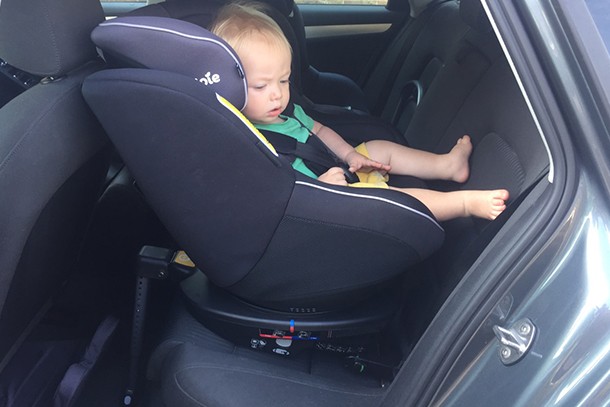
Rear Facing Car Seat in Car – The Ultimate Safety Guide
If you’re a parent, there’s one thing you want above all else: to keep your child safe. When it comes to travelling, the rear facing car seat in car is not just a recommendation—it’s a proven lifesaver.
For decades, crash data has shown that rear-facing seats offer the best protection for infants and toddlers in a collision. But many parents still wonder how long to keep their child rear facing, how to install the seat correctly, and what the laws say. Let’s break it down in simple, practical terms.
Why Rear Facing is Safer
Children’s neck muscles and spines are still developing in their early years. In a forward-facing seat, a sudden stop or crash can put dangerous strain on these delicate areas. A rear facing car seat works differently:
-
Spreads the force of impact across the back of the seat.
-
Supports the head, neck, and spine more effectively.
-
Reduces injury risk in both front and side impacts.
In fact, the American Academy of Pediatrics (AAP) recommends keeping children rear facing until at least age two, and ideally until they reach the seat’s height or weight limit.
Types of Rear Facing Car Seats
1. Infant Car Seats
-
Designed for newborns up to around 12–15 months.
-
Portable with a carry handle.
-
Usually clicks into a base installed in the car.
2. Convertible Car Seats
-
Can be used rear facing for infants/toddlers and switched to forward facing later.
-
Higher weight and height limits for extended rear facing.
3. All-in-One Car Seats
-
Grow with your child from infant to booster stage.
-
Can stay rear facing longer than infant-only seats.
How to Install a Rear Facing Car Seat in Car
-
Read the Manual – Both your vehicle’s and the car seat’s instructions.
-
Choose the Right Spot – The back seat is safest, preferably the middle.
-
Use the Correct Recline Angle – Prevents the baby’s head from falling forward.
-
Secure with LATCH or Seat Belt – Use only one method, not both, unless the seat allows it.
-
Check for Movement – The seat should not move more than 1 inch side-to-side at the base.
When to Switch to Forward Facing
-
Only when your child outgrows the maximum weight or height limit for rear facing as stated by the seat manufacturer.
-
For many modern seats, this could mean keeping your child rear facing until 3–4 years old.
Common Mistakes to Avoid
-
Switching too early for convenience.
-
Installing at the wrong angle.
-
Using bulky coats that interfere with harness tightness.
-
Not tightening straps enough (you shouldn’t pinch excess webbing).
FAQs – Rear Facing Car Seat in Car
1. Can a rear facing seat go in the front passenger seat?
Only if your car doesn’t have a back seat and the passenger airbag is turned off.
2. How do I know if the seat is at the right angle?
Most seats have an angle indicator—make sure it’s within the recommended range.
3. Is extended rear facing uncomfortable for toddlers?
Not at all—kids are naturally flexible and can sit with their legs bent or crossed.
4. Can I reuse a seat after a minor accident?
It’s best to follow the manufacturer’s guidance—many recommend replacing it after any crash.
5. Are rear facing seats more expensive?
Not necessarily—many affordable models meet safety standards.
Conclusion
A rear facing car seat in car is the single most important safety choice you can make for your child when travelling. By keeping your little one rear facing for as long as possible—and ensuring proper installation—you’re giving them the best protection in case of an accident. Safety is never something to rush.